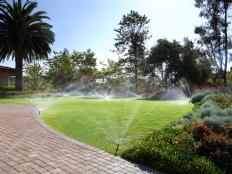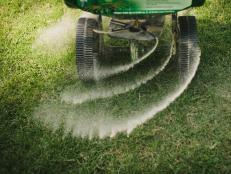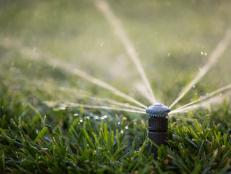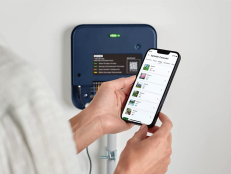How to Conduct an Irrigation Audit
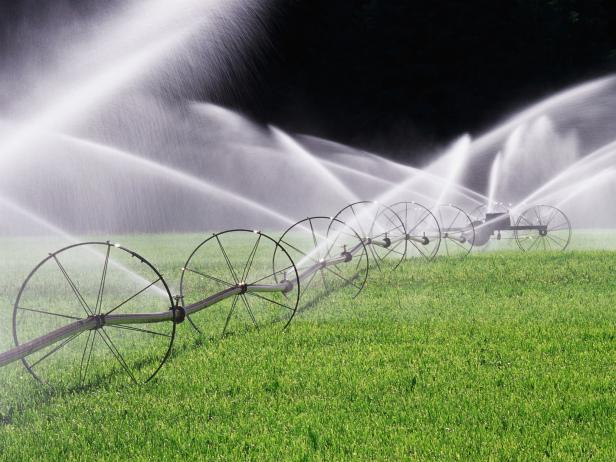
What is an irrigation audit? Unlike the dreaded IRS audit, this is one you want in order to see whether your garden and landscape are getting the right amount of water. First, you should measure how much water the plants are getting; second, determine how much water is being absorbed by the soil.
The general rule of thumb for watering is approximately one inch per week for the entire landscape, maybe a bit more in the summer or during prolonged periods of drought. You want the water to percolate to a depth of at least three to four inches.
Measure Amount of Water Plants Receive
- To measure the amount of water a sprinkler delivers, place plastic cups in various places within the range of each sprinkler, in every section of lawn and/or bed. Tip: If you try this yourself, be sure to place a cup right by the sprinkler; some sprinklers deliver either the least or most amount of water at this spot.
- Now turn on your sprinkler and let it run.
- After letting the sprinkler run the typical amount of time, check the cups and see if the amount of water in the cups from the various areas is roughly the same. Record the information from one section, then move on to the next section of lawn or bed until you've measured the results of your entire lawn and landscape.
Determine How Much Water Is Being Absorbed by Soil
- Use trowels to examine cross-sections of the soil in the various areas of lawn and beds that have just been watered.
- After you perform the irrigation audit, there are a couple of easy, inexpensive things you can do to maximize your watering: Replace the washers at the faucet and on sprinklers regularly, and install water timers on the faucet so you can perform other gardening tasks without having to keep track of the time.










